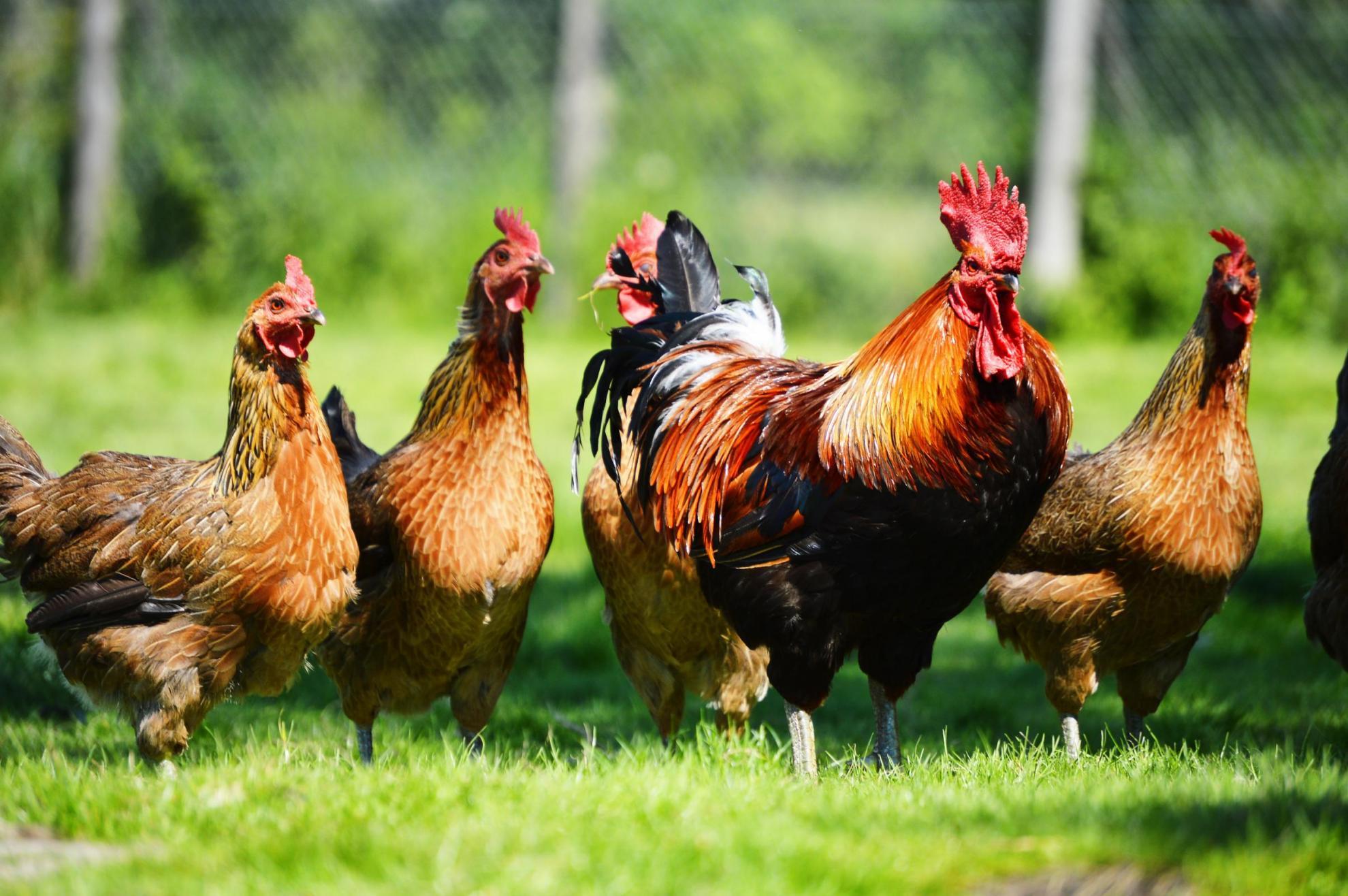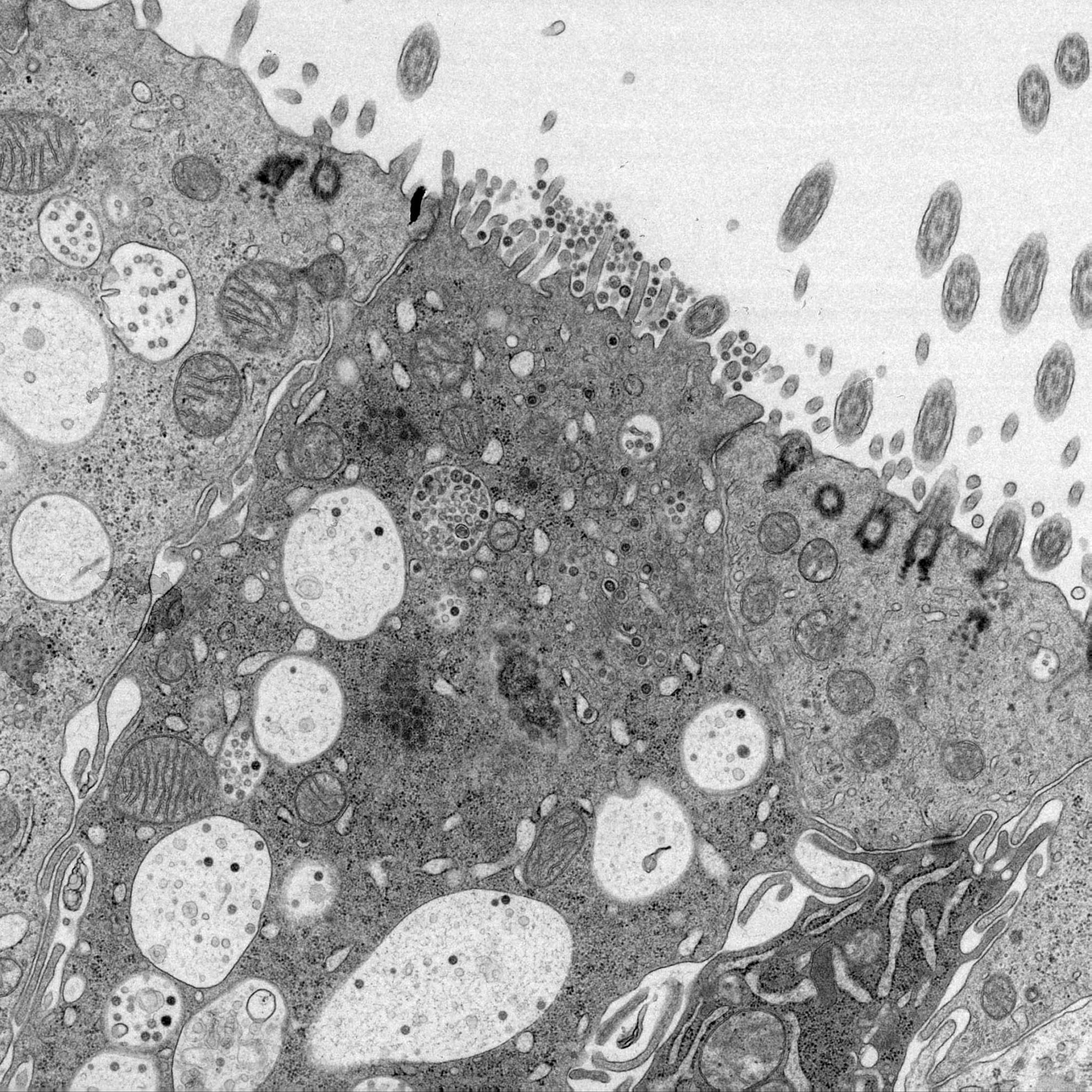Neither the RNA nor the proteins of open reading frames 3a and 3b of the coronavirus infectious bronchitis virus are essential for replication
Gene 3 of infectious bronchitis virus is tricistronic; open reading frames (ORFs) 3a and 3b encode two small nonstructural (ns) proteins, 3a and 3b, of unknown function, and a third, structural protein E, is encoded by ORF 3c. To determine if either the 3a or the 3b protein is required for replication, we first modified their translation initiation codons to prevent translation of the 3a and 3b proteins from recombinant infectious bronchitis viruses (rIBVs). Replication in primary chick kidney (CK) cells and in chicken embryos was not affected. In chicken tracheal organ cultures (TOCs), the recombinant rIBVs reached titers similar to those of the wild-type virus, but in the case of viruses lacking the 3a protein, the titer declined reproducibly earlier. Translation of the IBV E protein is believed to be initiated by internal entry of ribosomes at a structure formed by the sequences corresponding to ORFs 3a and 3b. To assess the necessity of this mechanism, we deleted most of the sequence representing 3a and 3b to produce a gene in which ORF 3c (E) was adjacent to the gene 3 transcription-associated sequence. Western blot analysis revealed that the recombinant IBV produced fivefold less E protein. Nevertheless, titers produced in CK cells, embryos, and TOCs were similar to those of the wild-type virus, although they declined earlier in TOCs, probably due to the absence of the 3a protein. Thus, neither the tricistronic arrangement of gene 3, the internal initiation of translation of E protein, nor the 3a and 3b proteins are essential for replication per se, suggesting that these proteins are accessory proteins that may have roles in vivo.
Back to publications

